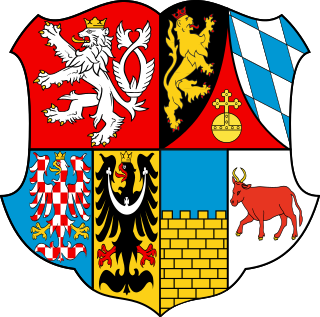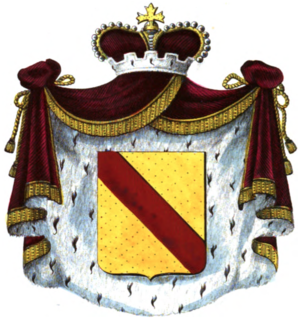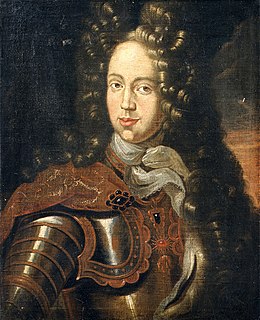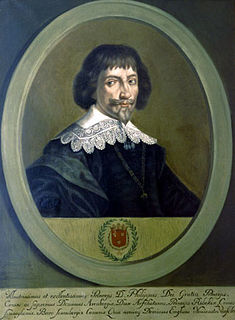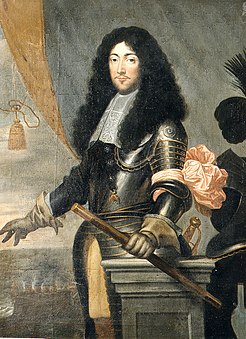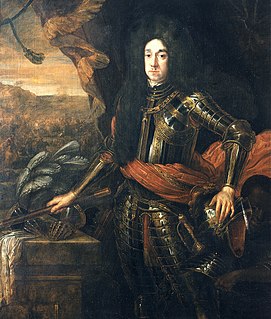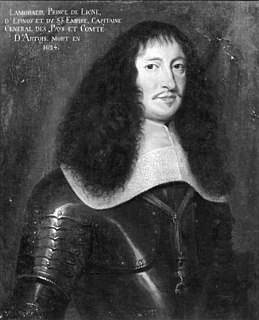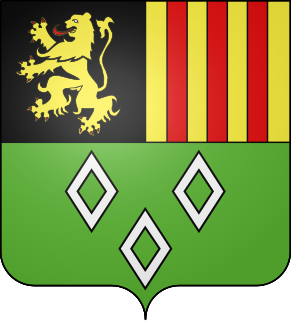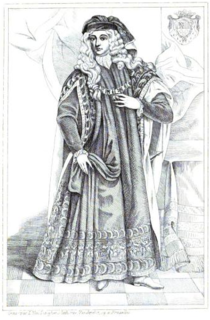| Albert de Ligne Prince of Barbançon and Arenberg | |
|---|---|
Albert, Prince of Barbançon, engraved by Schelte a Bolswert from a portrait by Anthony van Dyck | |
| Born | 1600 |
| Died | 1674 Madrid |
| Buried | Capuchin Convent of Patience, Madrid |
| Allegiance | Spanish Habsburg |
| Years of service | 1618–1634, 1658–1660 |
| Unit | Barbançon Regiment |
| Commands held | Cavalry captain; Colonel of his own regiment |
Albert de Ligne (1600–1674), Prince of Barbançon and Arenberg, knight of the Golden Fleece, was a Netherlandish nobleman and military commander in the Thirty Years' War and the Eighty Years' War.

The Thirty Years' War was a war fought primarily in Central Europe between 1618 and 1648. One of the most destructive conflicts in human history, it resulted in eight million fatalities not only from military engagements but also from violence, famine, and plague. Casualties were overwhelmingly and disproportionately inhabitants of the Holy Roman Empire, most of the rest being battle deaths from various foreign armies. In terms of proportional German casualties and destruction, it was surpassed only by the period January to May 1945; one of its enduring results was 19th-century Pan-Germanism, when it served as an example of the dangers of a divided Germany and became a key justification for the 1871 creation of the German Empire.

The Eighty Years' War or Dutch War of Independence (1568–1648) was a revolt of the Seventeen Provinces of what are today the Netherlands, Belgium, and Luxembourg against Philip II of Spain, the sovereign of the Habsburg Netherlands. After the initial stages, Philip II deployed his armies and regained control over most of the rebelling provinces. Under the leadership of the exiled William the Silent, the northern provinces continued their resistance. They eventually were able to oust the Habsburg armies, and in 1581 they established the Republic of the Seven United Netherlands. The war continued in other areas, although the heartland of the republic was no longer threatened; this included the beginnings of the Dutch Colonial Empire, which at the time were conceived as carrying overseas the war with Spain. The Dutch Republic was recognized by Spain and the major European powers in 1609 at the start of the Twelve Years' Truce. Hostilities broke out again around 1619, as part of the broader Thirty Years' War. An end was reached in 1648 with the Peace of Münster, when the Dutch Republic was definitively recognised as an independent country no longer part of the Holy Roman Empire. The Peace of Münster is sometimes considered the beginning of the Dutch Golden Age.



